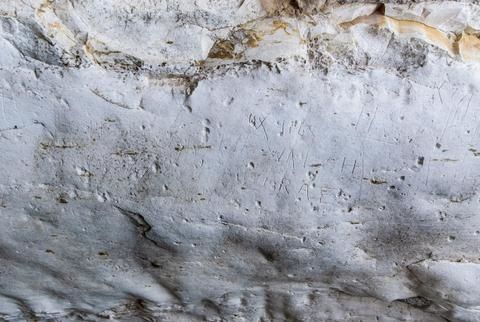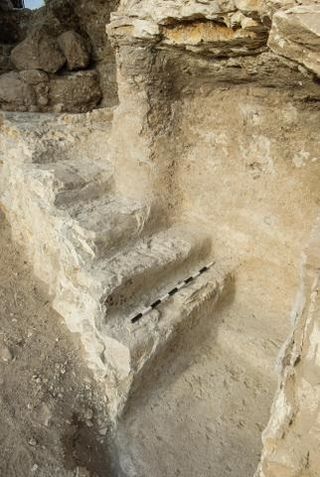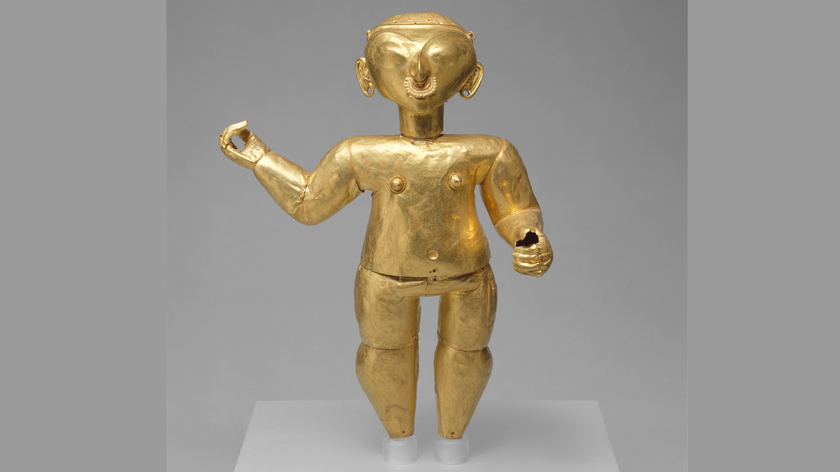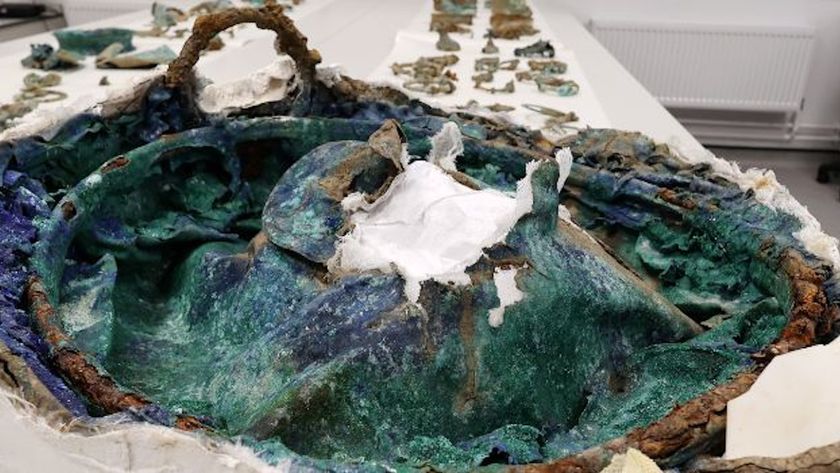1,900-Year-Old Ritual Bath Found Defaced by World War II Graffiti

Archaeologists recently unearthed an ancient Jewish ritual bath defaced with World War II-era graffiti.
The Israel Antiquities Authority (IAA) discovered a 1,900-year-old ritual bath (called a "miqwe" or mikveh) and a 1,700-year-old water cistern at the Ha'Ela Junction of Highway 38 in Israel while a construction project to widen the major thoroughfare was underway.
But archaeologists were surprised to discover that the ancient artifacts had been defaced — Australian World War II soldiers had etched graffiti into the exposed ceiling of the water cistern. [The Holy Land: 7 Amazing Archaeological Finds]
"The finds from this excavation allow us to reconstruct a double story —about the Jewish settlement in the second century C.E. [Christian Era, or A.D.], probably against the background of the events of the Bar Kokhba revolt, and another story, no less fascinating, about a group of Australian soldiers who visited the site [about] 1,700 years later and left their mark there," Yoav Tsur, excavation director for the IAA, said in a statement.

Assaf Peretz, an archaeologist at the IAA, deciphered the graffiti scrawled across the ceiling of the cistern. The message was signed "Cpl Scarlett and Walsh," with the initials "RAE," two numbers and the date "30/05/1940."
Peretz and the other archaeologists then had to do a little detective work to figure out the identities of Scarlett and Walsh. "Cpl" stands for the military rank "corporal," and the initials "RAE" represent the Royal Australian Engineers, the researchers said. The two numbers were found to be soldier serial numbers, and they allowed the archaeologists to identify the two graffiti artists as Cpl. Philip William Scarlett and Patrick Raphael Walsh.
Scarlett and Walsh belonged to the Sixth Division of the Australian Army and were training in the area before their scheduled deployment to fight on the frontlines in France. However, France surrendered before the division's ship date, so Scarlett and Walsh were sent to Egypt instead in October 1940 to fight in the Western Desert, located west of the Nile Valley. Both men survived World War II; Scarlett died in 1970, at age 51, and Walsh died in 2005, at age 95.
Sign up for the Live Science daily newsletter now
Get the world’s most fascinating discoveries delivered straight to your inbox.
"If the relatives of these people are acquainted with the story, we'll be happy if they contact us, and we'll share with them the warm greetings left behind by Scarlett and Walsh," Peretz said in the statement.
The ancient ritual bath has five steps, and the top step acted as a bench where people could sit at the edge of the pool, Tsur said. Archaeologists also found pots and jugs scattered around the bath. The IAA suspects the ritual bath stopped being used in the early second century A.D., after the Bar Kokhba revolt, which was the last battle that pitted the Jews against their persecutors in the Roman Empire.
The huge water cistern where the graffiti was found used to feed the nearby ritual bath. After the bath stopped being used, people likely enlarged the cistern's cavity and used it as a water vat, according to the archaeologists.
During construction projects in this region, it's fairly common to uncover ancient artifacts. Several archaeological sites already exist alongside Highway 38, which connects Judea to the city of Beit Shemesh. In November 2013, construction along the highway revealed a 10,000-year-old house. Other construction projects this year have uncovered a 6th-century monastery and a hoard of bronze coins that date back to the Great Revolt, a Jewish uprising against the Romans about 2,000 years ago.
The construction company working on widening the highway has agreed to preserve the site of the ancient ritual bath and will incorporate it as part of the natural landscape alongside the road, the archaeologists said.
Follow Kelly Dickerson on Twitter. Follow us @livescience, Facebook & Google+. Original article on Live Science.












